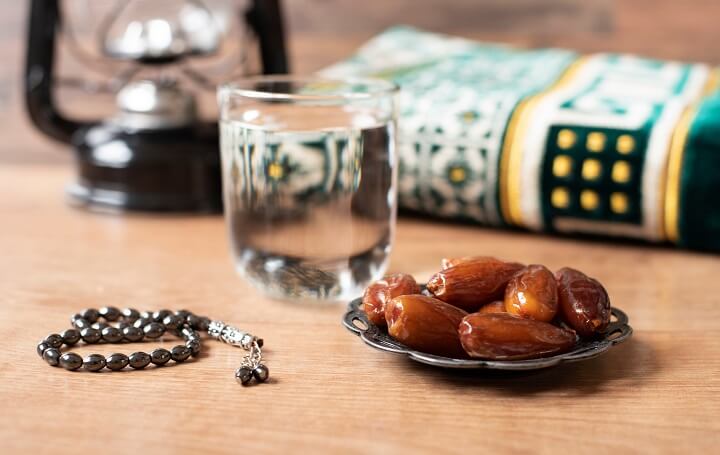Welcome to Makkah, home to one of Islam’s greatest treasures: the blessed well of Zamzam. This well isn’t just a source of water; it’s a story of faith and a miracle that millions of Muslims visit every year. This article will teach you everything you need to know about Zamzam water, from its historical origins to its spiritual and scientific benefits.
What is Zamzam Water?
Zamzam water is a blessed water that flows from a sacred well located inside the Grand Mosque in Makkah, right next to the Kaaba. This water is unique and different from any other water, thanks to its rich mineral content and healthy properties.
The Story of Zamzam Water: A Desert Miracle
The story of Zamzam water goes back thousands of years and is a tale of faith and patience. God commanded Prophet Ibrahim to leave his wife Hajar and their infant son Ismail in a barren valley with no water or plants. When their food and water ran out, Hajar began searching for help.
- She ran between the hills of Safa and Marwah seven times, looking for any source of water.
- Each time, she returned to her son, only to find him crying from thirst.
- On the seventh time, she heard a voice. When she returned, she saw the Angel Jibril striking the ground with his wing, and water began to flow from beneath Ismail’s feet.
- Fearing the water would be lost, Hajar said, “Zam Zam!” meaning “stop, stop.” She then built a small basin to collect the water.
This is how the well of Zamzam appeared, becoming a source of life and faith for everyone who visits it.
Is Zamzam Water Infinite?
This question is on many people’s minds. The answer is that the Zamzam well has not stopped giving for more than 4,000 years, even during the Hajj and Umrah seasons when demand increases dramatically. Muslims believe that its continuous flow is a divine miracle.
- Scientific Perspective: Scientists confirm that rainwater seeping from the surrounding mountains replenishes Zamzam water, so it does not run out.
- Spiritual Perspective: Muslims believe that Zamzam water is inexhaustible because it is a blessing from God, one of His signs that proves His power.
The Story of Zamzam Water in the Bible
The story of Hajar and her son Ishmael is also mentioned in the Bible, in the book of Genesis (Chapter 21). The text tells how Hagar and her son were lost in the wilderness of Beersheba, and when the water ran out, Ishmael cried out. God hears his voice and sends an angel to comfort Hagar, then opens her eyes so she can see a well of water. Although the Bible does not mention the name “Zamzam” or “Makkah,” the story is very similar in its basic details, making it a shared story among Muslims, Christians, and Jews.
The Benefits of Zamzam Water
Pilgrims drink Zamzam water for its many benefits. Prophet Muhammad (peace be upon him) said: “Zamzam water is for whatever it is drunk for” (Sahih Muslim).
- Rich in Minerals: It contains essential minerals like calcium and magnesium, which are beneficial for the body’s health.
- Healing from Illness: Many people believe it is a cure for ailments and diseases, and they drink it with the intention of healing.
- Reviving a Prophetic Tradition: Muslims consider drinking Zamzam water one of the Prophet’s traditions.
- Full of Energy: Drinking Zamzam water provides nourishment and satisfaction, which makes a person feel active and vibrant.
Conclusion
In conclusion, Zamzam water remains more than just water. It is a symbol of faith and patience, and the embodiment of a divine miracle that has endured for centuries. From the story of Hagar and Ishmael to its health and spiritual benefits witnessed by millions, the Zamzam well is an invaluable treasure in the hearts of Muslims. Whether you drink it with the intention of healing or to follow a prophetic tradition, every drop of this blessed water carries a great history and a deep sense of spirituality.
If you wish to learn more about the Arabic language, download our Arabic learning app.



